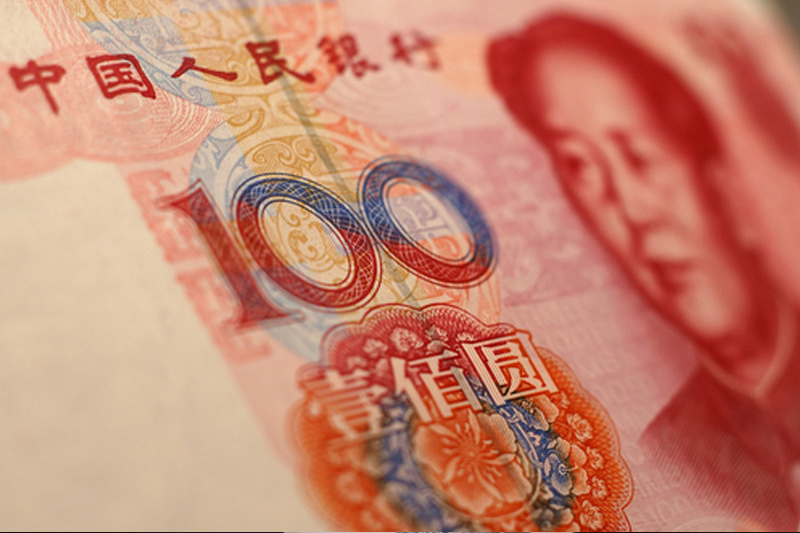Bank of America (BofA) recorded a significant increase in repo rates during the week of January 13 due to increased demand for liquidity due to tax payments and limited funding from the People’s Bank of China (PBoC).
The liquidity crisis was most noticeable on January 16, the day after the tax payment deadline, with DR007 and R007 reaching 2.34% and 4.19% respectively.
The PBoC maintained its stance on defending exchange rate stability, meaning the liquidity tightness (RMB) was also felt in the offshore market.
On January 9, the central bank announced that it would issue RMB60 billion of six-month notes in Hong Kong, a significant increase from previous issuances. The coupon rate of 3.4% was significantly higher than December, reflecting tight CNH liquidity and subdued investor demand.
Banks’ foreign exchange settlement balance in December fell further to a deficit of $10.5 billion, the first deficit since July 2024. A key change from the previous month was a sharp increase in USD demand for services trade. Reports also indicate that domestic importers have been actively purchasing USD via forward currency contracts in recent weeks to hedge against rate risks, putting upward pressure on forward points.
On January 13, the PBoC increased the cross-border macroprudential parameter from 1.50 to 1.75. The move will enable domestic companies and financial institutions (FIs) to undertake more cross-border lending.
Given the widening interest rate gap between China and abroad, BofA believes that this is more of a symbolic move by the PBoC to anchor market expectations regarding currencies.
This article was produced with the support of AI and reviewed by an editor. For more information see our General Terms and Conditions.


